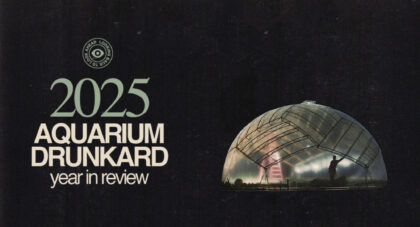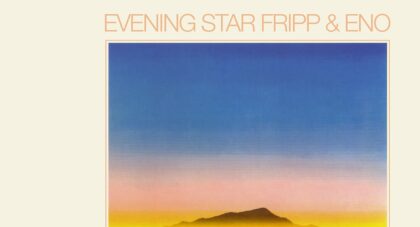As one never steps into the same river twice, so one never glimpses a Calder mobile in quite the same way again. Once set into motion, the pieces in “Alexander Calder: Hypermobility,” now on display at the Whitney Museum, rotate and revolve, their starry components tracing elegant and elegantly perturbed orbits. From a complex premise–cubist simultaneity extended into three dimensions–the mid-century sculptor arrived at the playful innovation we now associate more with a child’s nursery than with international modernism: where once there seemed to be stasis, there is instead only pure, fleeting relation.
Jim O’Rourke’s latest composition aspires to complement (and, in a way, even helps to clarify) this dimension of Calder’s work. Commissioned for Hypermobility, “Calder Walk” is a work of extended, atmospheric avant-jazz ingeniously embedded in the exhibit by way of a stream accessible on the museum’s website. A natural outgrowth of the Whitney’s adventurous multimedia programming, and in particular of Jay Sanders’ superb music curation, the result is an experience as amusing as it is melancholic, paradoxically lonely and communal.
Like the material that inspired it*, “Calder Walk” resists yielding a complete picture from any one vantage point. Instead, it accumulates tension through its loose, ambling structure, suggesting repetition without ever precisely retracing its own slippery footsteps. O’Rourke’s distinctive brass arrangement sets the tone, fading in and out over a slide guitar, evoking the sculptures’ elongated, flexible grace. Absentminded piano chords join the mix, along with hustling drums–a montage-signifier of stop-start glances and shuffling feet.
Only the good shit. Aquarium Drunkard is powered by its patrons. Keep the servers humming and help us continue doing it by pledging your support.
To continue reading, become a member or log in.


